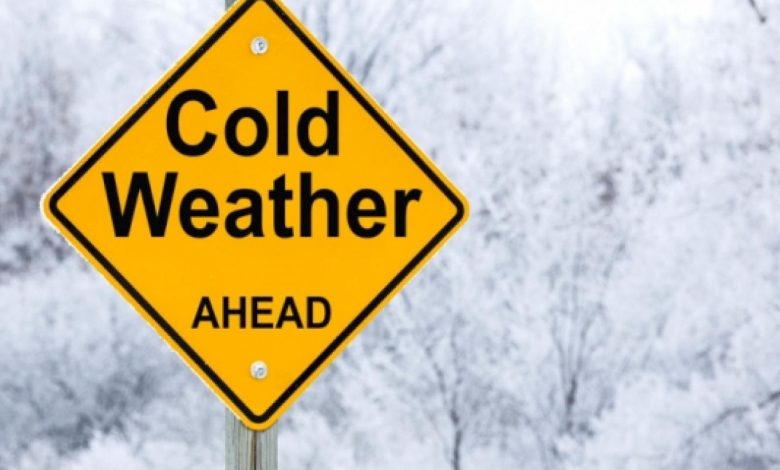How To Prepare For The Cold Season

The cold comes, and it is time to heat the house. The heaters are starting to work, so it’s time to choose a heating system or find a heating repair in Dallas to help you with the one you already have. If the cold of autumn has caught us without barriers, we will have to provide the house with adequate heating, and not all homes need the same system. The election of one or the other will depend on many factors: from the location to the climate and insulation, to the size, the distribution of the house, or the number of inhabitants.
The heating types can be divided according to energy sources (biomass, geothermal, solar, electric, and gas). Or according to the device or system from which the heat is obtained (radiant floor, air pump, electric by accumulators, electric by convectors, thermoelectric emitters, and boilers with water radiators). These are some of them.
Gas heating
It is one of the most used energy sources in homes. It is a clean, efficient, non-polluting energy. For heating, cooling, and hot water production, you can choose between 3 types of fuel: natural gas, diesel oil, C, or propane gas.
Boiler with water radiators
The heat is produced by burning fuels such as natural gas in a specific room in a boiler. It is distributed to some terminal elements (radiators) using water, emitting the heat to those requiring it.
As the boiler is located in another space, it can be freely aired without problems. It can serve a single user (individual centralized heating), an entire building (collective centralized heating), a neighborhood, or even a city (district heating).
Electric heating by the accumulation
This is one of the most common heating systems due to its simple installation, heating repair in Dallas, and safety. When choosing this system, you should think that, although its structure is much cheaper than a gas heating system, since no work is required for its installation, the electric rate is more expensive than the current natural gas.
Electric heating is a good option in hot regions, where it does not require much power or time to heat the house. Also, for second homes, where use is limited to short periods, and in small homes, heat up quickly.
Electric convector heating
This type of heating works using a resistance that heats the air that circulates inside the convectors. In this system, perfect for homes located in hot areas, the hot water is obtained using a thermos flask. Among its advantages: a cheap installation, without work, and a comfortable supply of hot water. Its disadvantages: the cost of its operation is usually expensive, and the thermos flask for hot water consumes a lot while it is on, even if it is not used.
Underfloor heating
Underfloor heating is one of the most comfortable heating systems for cold climates. It consists of installing electrical cables or pipes through which water circulates at a high temperature, hidden under the house’s floor. These give off heat, which spreads upwards, heating the floor and the atmosphere of the place.
One of this system’s advantages is that it saves between 10% and 30% in heating consumption and provides pleasant, uniform heat without drying out the environment. The installation offers additional acoustic and thermal insulation and requires little maintenance. Among its disadvantages are the high initial investment, the work involved, and its time to reach the desired temperature.
Heat pump
The heat pump allows you to have heating in winter and air conditioning in summer in a single device, which lowers the investment and simplifies the installation. It is an efficient system since it consumes less energy until the desired temperature is reached, although the heat is also dispersed earlier. Therefore, it is recommended in warm or temperate climates with mild winters. Among its disadvantages, the fan’s noise can be somewhat annoying, and the high price of installing the duct heat pump.

